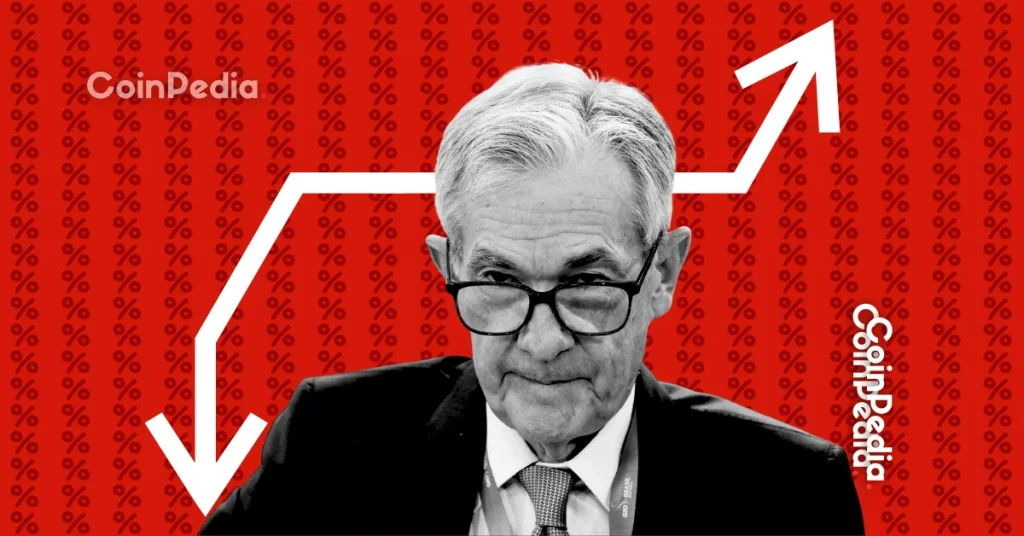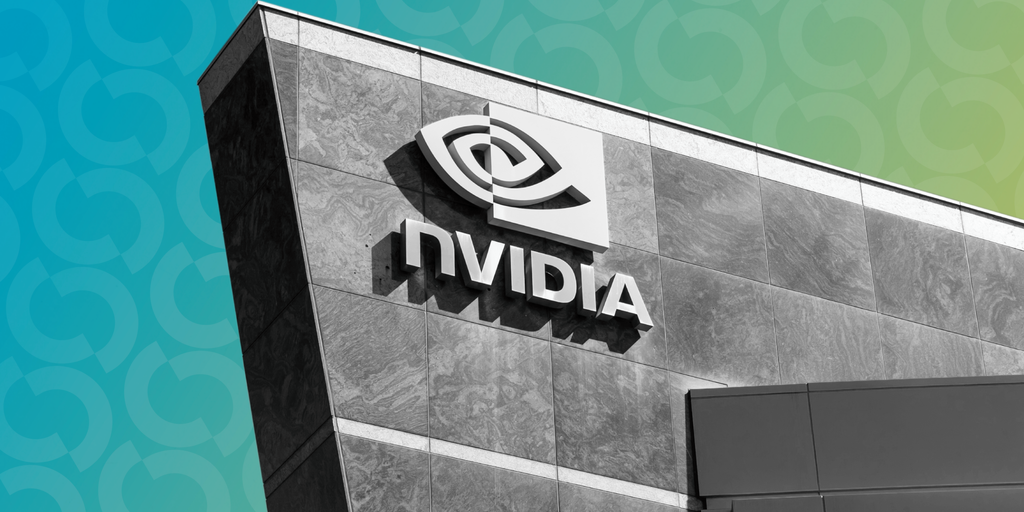The cryptocurrency market, long a playground for sophisticated algorithms and keen human analysts, is on the cusp of a profound transformation. As of October 2025, the narrative around large-scale capital movements, colloquially known as “whale activity,” is increasingly intertwined with the silent revolution of Artificial Intelligence. Beyond mere data crunching, a new paradigm of “neural vision” is emerging, allowing AI to not just analyze but intuitively “see” patterns in blockchain data that were previously imperceptible, fundamentally altering our understanding of market dynamics and the influence of crypto’s largest holders.
The Dawn of Neural Vision in Crypto
Traditional on-chain analytics have provided invaluable insights into market sentiment and capital flows by tracking transactions, wallet balances, and exchange movements. However, the advent of “neural vision” represents a quantum leap. This advanced form of AI leverages deep learning models, akin to those used in image and pattern recognition, to identify complex, multi-dimensional relationships within vast blockchain datasets. It’s not just about linear correlations; neural vision can detect subtle, non-obvious signals across various layers of the blockchain, predicting potential whale movements or market shifts before they manifest in obvious metrics.
- Beyond Traditional Metrics: Moves past simple inflow/outflow to recognize aggregated behaviors across thousands of addresses.
- Pattern Recognition: Identifies complex, non-linear patterns indicative of coordinated large-scale strategies.
- Predictive Capabilities: Offers a more refined predictive edge by understanding the context and sequence of on-chain events.
Whales and the Algorithm: A New Symbiosis?
The integration of neural vision AI introduces a fascinating dynamic between human “whales” – large-volume holders – and the very algorithms designed to track them. It raises critical questions: Are whales increasingly employing their own sophisticated AI systems to mask their activities or, conversely, to optimize their strategies based on AI-driven market forecasts? The answer is likely both. As AI becomes more accessible and powerful, the race for algorithmic advantage intensifies. This could lead to a feedback loop where AI models trained on whale data begin to predict and even subtly influence subsequent whale behavior, blurring the lines between observation and causation.
This evolving relationship suggests a future where market movements are not just a reflection of human sentiment and capital, but also a complex interplay of competing algorithmic intelligences, each vying for optimal positioning. The “quiet revolution” implies a subtle yet profound shift in how market participants, especially those with significant capital, operate.
Implications for Market Dynamics
The rise of AI-driven neural vision has several far-reaching implications for the broader crypto market:
- Increased Efficiency: For those with access to such advanced tools, market inefficiencies could be exploited faster, potentially leading to quicker price discovery.
- New Volatility Sources: Coordinated AI-driven trades, even if decentralized, could lead to rapid, cascade-like market movements, potentially amplifying volatility.
- Information Asymmetry: A growing gap could emerge between sophisticated institutional players leveraging cutting-edge AI and retail investors relying on more traditional analysis.
- Regulatory Challenges: Identifying market manipulation becomes even more complex if orchestrated by autonomous AI systems rather than identifiable human actors.
Challenges and the Path Forward
While the potential benefits of neural vision in understanding and navigating crypto markets are immense, significant challenges remain. The “black box” nature of deep learning models can make it difficult to ascertain *why* an AI makes a particular prediction, posing issues for accountability and auditing. There are also ethical considerations around privacy, data usage, and the potential for AI to create self-fulfilling prophecies or exacerbate flash crashes. Developing robust, explainable AI (XAI) and establishing clear ethical guidelines for its deployment in financial markets will be crucial as this technology matures.
Conclusion
As we navigate October 2025, the convergence of crypto whale activity and advanced AI “neural vision” marks a pivotal moment in digital finance. This quiet revolution promises to unveil unprecedented insights into market mechanics but also introduces a new layer of complexity and potential systemic risks. The future of crypto will undoubtedly be shaped by the intelligent algorithms that not only track the whales but increasingly understand, and perhaps even guide, their every move, demanding vigilance and adaptation from all market participants.
The post AI’s New Eye: How Neural Vision Is Revolutionizing Crypto Whale Tracking in 2025 appeared first on FXcrypto News.




















 24h Most Popular
24h Most Popular



 Utilities
Utilities